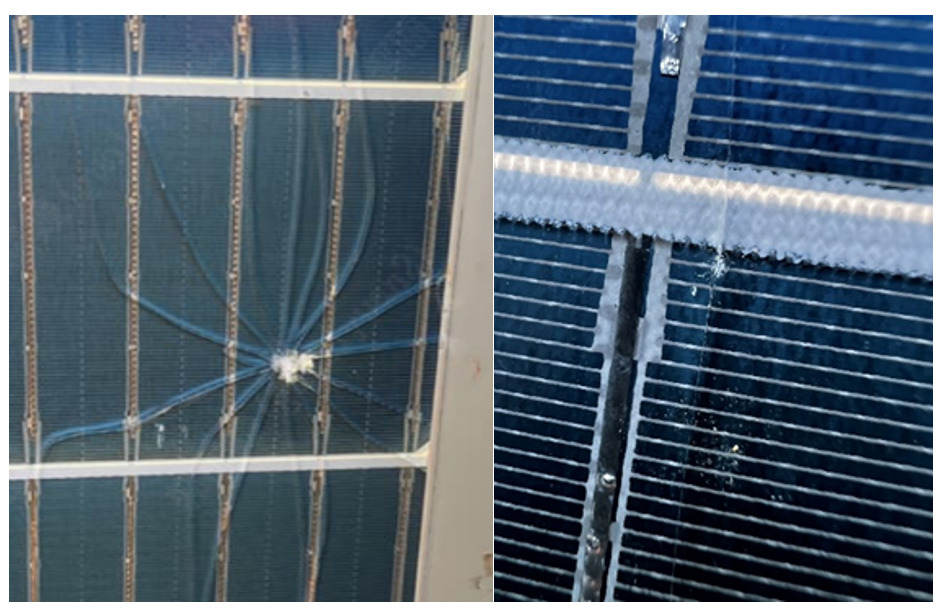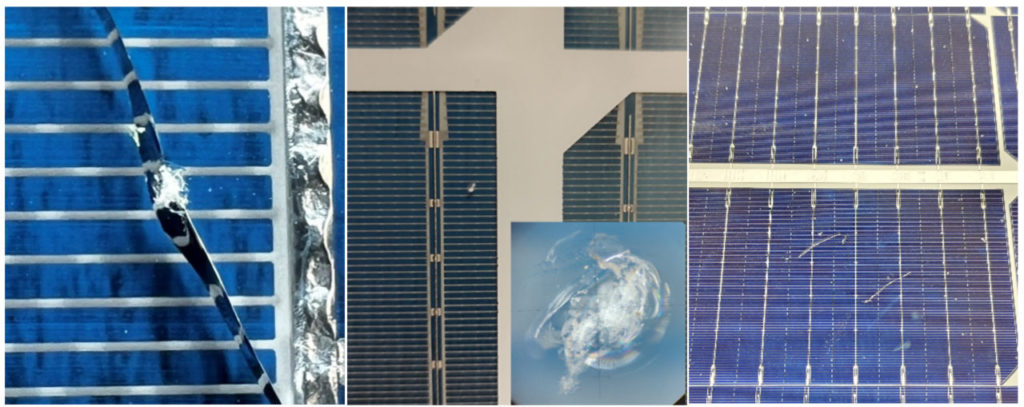Over recent years, with the ongoing acceleration of the global carbon reduction process, an increasing number of large-scale power plants have become operational as important contributors to the energy transition. With the operation and maintenance of such plants being critical to the ongoing delivery of green energy, analysis of potential risks and hidden dangers is an exercise taking on an increasingly high profile. The focus of this article revolves around the O&M of power plants that incorporate complementary forest and grass-light systems, also addressing potential risks associated with improper weeding practices in this particular context.
The presence of weeds and excessive vegetation in a standard PV plant scenario can present security challenges for PV modules, so regular weeding is a necessity. However, if equipment is not used properly during the weeding procedure, this can bring about hidden issues which can compromise a plant’s safety. Analysis suggests that handheld lawn mowers are in common use by those responsible for weeding maintenance, inevitably resulting in a splattering of small stones on the ground during the process, a problem exacerbated when the mower is operated at extremely high speeds, when the stones logically also move at considerable velocity. This can result in significant impact force that exceeds safety stress limits for a bifacial module’s glass, causing varying degrees of damage to its surface. Such damage can be roughly divided into three levels: first is visibly broken glass, second is for the impact to leave white spots with damage invisible to the naked eye, and third is for the impact to leave scratches on the surface of the glass. The latter two cases can easily develop into major issues, such as glass cracking when the module is subsequently subjected to intense vibration or external forces common in challenging climatic conditions.


Implementing appropriate measures can effectively eliminate the issue of module damage during weeding. On the one hand, when the height of vegetation surrounding a module is low, there is negligible effect on normal O&M, with weeding neither required nor recommended. In the event of weed growth becoming excessive, however, use of a scythe or professional equipment with a protective cover at its base can minimize stone splash.
In summary, improper weeding can result in stone splash and damage to modules, impacting a power plant’s safe and stable operation. In order to maintain a plant’s operational stability during a period in excess of 30 years, it is essential to implement comprehensive, standardized, scientific maintenance management practices, incorporating detailed procedures. Additional programs addressing reliability and stability should also be adopted when necessary to ensure both economic development benefits and ecological protection.

